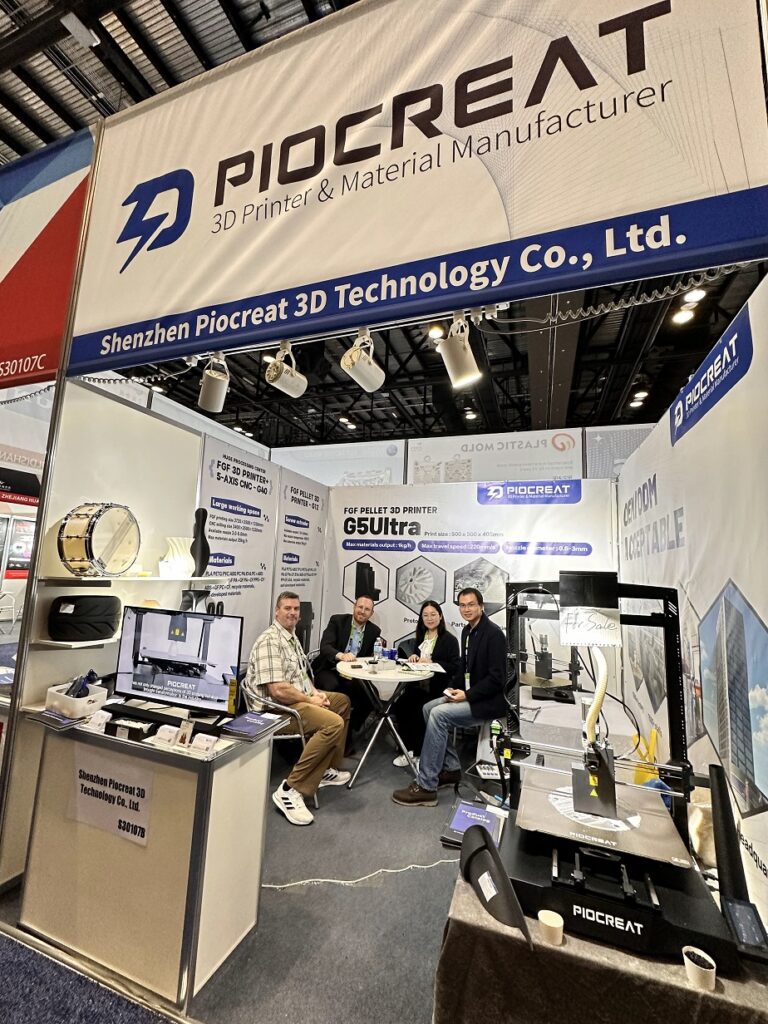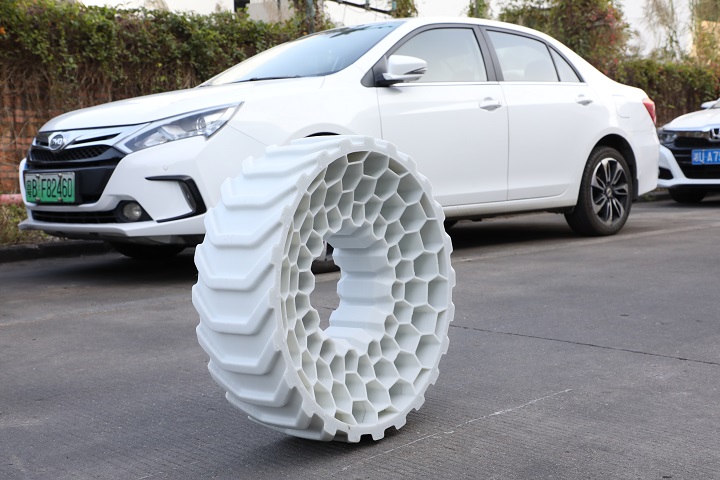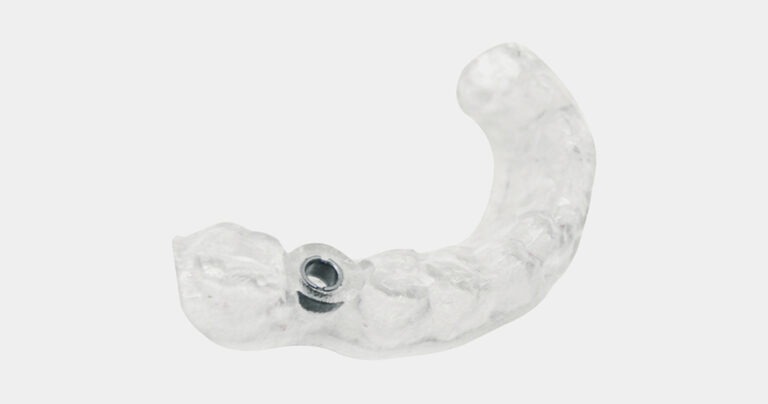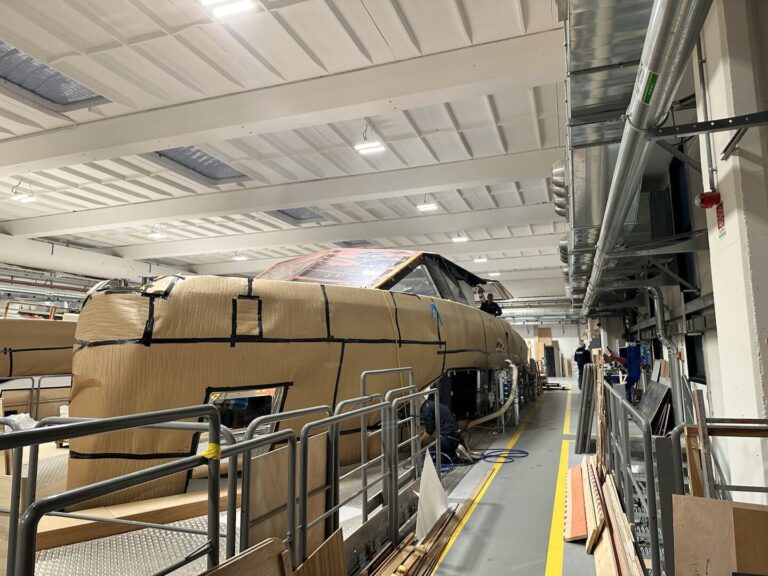Biocompatible Dental Resin for Advanced 3D Printing
piocreat3d
on
June 23, 2024
Table of Contents
In the rapidly evolving field of dental technology, the use of dental resin for 3D printing is transforming how dental professionals create models, devices, and prosthetics. Biocompatible dental resins, specifically designed for use in dental applications, have become essential for producing high-quality, durable, and safe dental products. In this blog, we will explore the materials used in dental 3D printing, the best resins available, the advantages of using dental resin for 3D printing, and the leading manufacturers in the field.
What Material is Used in Dental 3D Printing?
Dental 3D printing relies on specialized materials that are tailored to meet the stringent requirements of dental applications. One of the most common materials used is biocompatible dental resin. This resin is formulated to ensure that it is safe for use in the human body, making it ideal for producing dental appliances such as crowns, bridges, dentures, and surgical guides.
Biocompatible dental resins are designed to exhibit properties that mimic those of natural teeth and gums. They offer high mechanical strength, wear resistance, and minimal shrinkage, which are critical for ensuring the accuracy and durability of dental restorations. These resins also need to meet specific regulatory standards, such as ISO 10993 for biocompatibility, to be used in clinical settings.

What is the Best 3D Resin for Dental Models?
When it comes to selecting the best dental resin for 3D printing, several factors must be considered, including print accuracy, biocompatibility, and ease of use. Some of the top dental resins available on the market include:
Ortho Model Resin
This resin is specifically formulated for creating highly accurate dental models. It offers excellent print accuracy, heat resistance, and a smooth finish, making it ideal for orthodontic applications. The resin is also known for its durability, which ensures that the models can withstand repeated use without losing precision.
Restoration Resin
This type of resin is used for creating dental restorations such as crowns and bridges. It is designed to provide the necessary strength and aesthetics to match the appearance of natural teeth. Restoration Resin is also engineered to minimize shrinkage, which is crucial for ensuring a perfect fit.
Surgical Guide Resin
As the name suggests, this resin is used to create surgical guides for dental implant procedures. It is biocompatible and offers high dimensional stability, ensuring that the guides are accurate and reliable during surgery.
Denture Base Resin
This resin is used for creating the base of dentures. It offers the right balance of strength and flexibility to ensure that the dentures are comfortable to wear and durable enough to withstand daily use.

Advantages of Dental Resin 3D Printing
High Precision
Dental resins allow for the creation of highly accurate and detailed models, which are essential for producing well-fitting dental appliances.
Biocompatibility
These resins are designed to be safe for use in the human body, reducing the risk of adverse reactions and ensuring patient safety.
Efficiency
3D printing with dental resin significantly reduces production times compared to traditional methods. This allows dental professionals to create custom appliances quickly and efficiently.
Customization
Dental resin 3D printing enables the production of highly customized dental appliances tailored to each patient’s unique anatomy. This results in better-fitting and more comfortable dental devices.
Cost-Effectiveness
While the initial investment in 3D printing technology may be high, the long-term cost savings are significant. The ability to produce custom appliances in-house reduces the need for outsourcing, which can be costly and time-consuming.
Applications of Dental Resin 3D Printing
Dental resin 3D printing is used in various dental applications, each requiring specific properties from the resin used:
Removables
Removable dental appliances, such as dentures and retainers, benefit greatly from 3D printing. Dental resins used in these applications provide the necessary strength and flexibility to ensure that the appliances are durable yet comfortable to wear.
Implantology
In implantology, 3D printed surgical guides and implant models are essential for planning and executing dental implant procedures. The precision offered by dental resins ensures that implants are placed accurately, reducing the risk of complications and improving patient outcomes.
Orthodontics
Orthodontic applications, such as the creation of clear aligners and braces, rely heavily on 3D printing with dental resin. These resins allow for the production of highly accurate dental models that serve as the basis for designing and fabricating custom orthodontic appliances.
Dental Clinical Indications
The use of dental resin 3D printing extends to a wide range of clinical indications, including:
Dental Crowns and Bridges
Dental crowns and bridges require materials that are strong, durable, and aesthetically pleasing. Dental resin 3D printing allows for the creation of custom crowns and bridges that match the patient’s natural teeth in both appearance and function.
Surgical Guides
Surgical guides are critical for ensuring the accurate placement of dental implants. Using biocompatible dental resins, these guides can be printed with high precision, providing a reliable tool for dental surgeons.
Clear Aligners
Clear aligners have become a popular alternative to traditional braces. Dental resin 3D printing enables the production of custom aligners that fit perfectly over the patient’s teeth, gradually shifting them into the desired position.
Denture Base
The base of a denture must be strong, flexible, and comfortable to wear. Dental resins used in 3D printing provide the ideal properties for creating durable and well-fitting denture bases.
Dental Casting
Dental casting involves creating molds for producing dental appliances. Dental resin 3D printing allows for the creation of highly detailed and accurate molds, ensuring that the final product meets the exact specifications required for each patient.
Dental 3D Printing Resin Manufacturers
Several manufacturers specialize in producing high-quality dental resins for 3D printing. One of the leading companies in this field is Piocreat 3D, known for its portfolio of state-of-the-art dental model resins. Piocreat offers a range of resins, including:
Ortho Model Resin
Known for its robustness, minimal shrinkage, and strong biocompatibility, this resin is ideal for creating accurate orthodontic models.
Restoration Resin
This resin is designed for producing dental restorations such as crowns and bridges, offering both strength and aesthetic appeal.
Surgical Guide Resin
iocreat’s Surgical Guide Resin is engineered to provide the precision and stability needed for creating reliable surgical guides.
Dental Casting
This resin is used for creating durable and comfortable denture bases, ensuring that patients receive high-quality, long-lasting dental appliances.
Piocreat 3D’s dental resins are known for their minimal shrinkage, strong biocompatibility, and resistance to wear, making them a trusted choice for dental professionals worldwide.

Conclusion
Biocompatible dental resin for 3D printing is revolutionizing the field of dentistry by providing high-quality, customizable, and efficient solutions for producing dental appliances and models. The use of advanced dental resins, such as those offered by Piocreat 3D, ensures that dental professionals can create precise, durable, and safe products that meet the unique needs of each patient. As dental 3D printing technology continues to evolve, the role of biocompatible dental resins will only become more significant, driving further advancements in dental care.


















